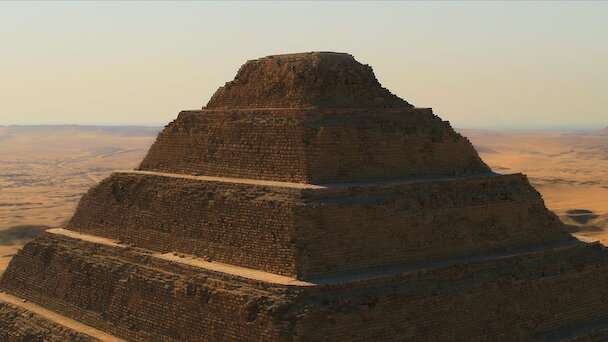

Overview
Journey into the heart of ancient Egypt’s oldest pyramid complex at Saqqara, where the sands hold secrets of over 3,000 years of burial traditions. This remarkable necropolis offers visitors a chance to explore the revolutionary Step Pyramid of Djoser, the world’s oldest known stone building, alongside numerous other archaeological treasures. Unlike the more touristic Giza plateau, Saqqara provides a more intimate and authentic experience of ancient Egyptian architecture and burial practices. Whether on horseback or foot, travelers can discover hidden tombs, intricate hieroglyphs, and the peaceful desert landscape that has watched over these monuments for millennia.
Map
Info
Saqqara, located approximately 30 kilometers south of Cairo, serves as the main necropolis of Memphis, ancient Egypt’s first capital. This vast archaeological site spans an area of 7 by 1.5 kilometers and contains sixteen pyramids built by different Egyptian kings. The crown jewel of Saqqara is the Step Pyramid complex, designed by the visionary architect Imhotep for King Djoser, which revolutionized ancient Egyptian architecture by introducing stone building techniques. The site remained an active burial ground and ceremonial complex for over 3,000 years, from the earliest dynasties through the Ptolemaic and Roman periods. Beyond its pyramids, Saqqara features countless mastaba tombs, the mysterious Serapeum with its massive granite sarcophagi, and the intriguing Philosopher’s Circle, showcasing the site’s multicultural heritage through its Greek-influenced artworks.








